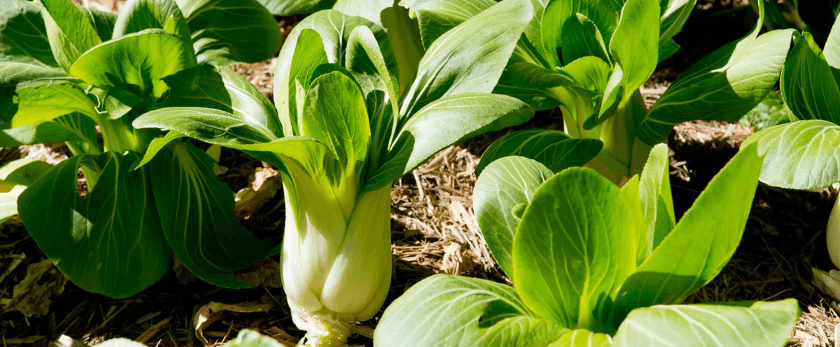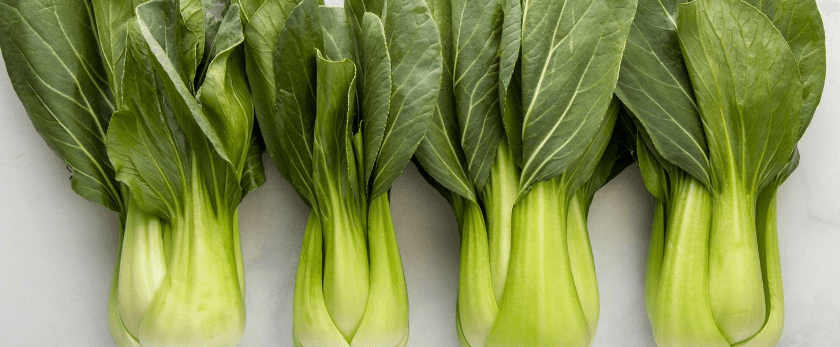Bok choy, also known as Chinese cabbage, is a nutritious and versatile vegetable that is easy to grow in your own backyard. Not only is it a delicious addition to any meal, but it also has numerous health benefits and is a great way to reduce your carbon footprint. In this article, we will discuss how to grow bok choy in an eco-friendly and sustainable manner.
Why Grow Bok Choy?
Before we dive into the details of how to grow bok choy, let's first understand why it is a great addition to your garden. Bok choy is a leafy green vegetable that is rich in vitamins A, C, and K, as well as calcium, iron, and potassium. It is also low in calories and high in fiber, making it a great choice for a healthy diet.
In addition to its nutritional value, bok choy is also a sustainable crop. It grows quickly and can be harvested multiple times throughout the growing season. This means you can have a continuous supply of fresh bok choy without having to constantly replant. Plus, growing your own bok choy reduces the need for transportation and packaging, making it a more environmentally friendly choice.
How to Care for Bok Choy
Watering
Bok choy requires consistent moisture to thrive, but it is important not to overwater it. The best way to water bok choy is to keep the soil consistently moist, but not waterlogged. This can be achieved by watering deeply once or twice a week, depending on the weather and soil conditions. It is important to water at the base of the plant and avoid getting the leaves wet, as this can lead to disease.
Light
Bok choy prefers partial shade, especially in hot climates. It can tolerate full sun, but it may bolt (go to seed) quickly in these conditions. If you are growing bok choy in a hot climate, it is best to provide some shade during the hottest part of the day. In cooler climates, bok choy can be grown in full sun.
Soil
Bok choy grows best in well-drained, fertile soil with a pH between 6.0 and 7.5. If your soil is too acidic, you can add lime to raise the pH. If it is too alkaline, you can add sulfur to lower the pH. Bok choy also prefers soil that is rich in organic matter, so adding compost or aged manure to your soil before planting is recommended.
Fertilizer
Bok choy is a heavy feeder and requires regular fertilization to grow well. Before planting, mix in a balanced organic fertilizer into the soil. You can also use a liquid fertilizer every two weeks throughout the growing season. Be sure to follow the instructions on the fertilizer package for the correct application rate.
Pruning
Bok choy does not require much pruning, but it is important to remove any damaged or diseased leaves to prevent the spread of disease. You can also harvest outer leaves as needed, which will encourage new growth and prolong the harvest.

What is the Best Time to Grow Bok Choy?
Bok choy is a cool-season crop and can be grown in both spring and fall. In warmer climates, it can also be grown in the winter. The ideal temperature range for bok choy is between 50-75°F. If the temperature drops below 50°F, the plant may bolt and go to seed. If the temperature rises above 75°F, the plant may become bitter and tough.
Common Problems with Bok Choy
While bok choy is generally a low-maintenance plant, there are a few common problems that you may encounter.
Pests
The most common pests that can affect bok choy are aphids, flea beetles, and cabbage worms. These pests can be controlled by handpicking them off the plants or by using organic insecticides. You can also prevent infestations by using row covers or companion planting with plants that repel pests, such as marigolds or garlic.
Diseases
Bok choy is susceptible to diseases such as clubroot, downy mildew, and black rot. To prevent these diseases, it is important to practice crop rotation and avoid planting bok choy in the same spot every year. You can also prevent diseases by keeping the soil consistently moist and avoiding overhead watering.
Bolting
As mentioned earlier, bok choy may bolt and go to seed if the temperature rises above 75°F. To prevent this, you can provide shade or plant bok choy in the cooler months. If your bok choy does bolt, you can still harvest the leaves, but they may be tougher and more bitter.
Conclusion
Growing bok choy is a great way to add a nutritious and sustainable vegetable to your garden. By following these tips for caring for bok choy, you can enjoy a continuous supply of fresh, healthy greens while reducing your carbon footprint. Remember to water consistently, provide partial shade, use fertile soil and regular fertilization, and prune as needed. With a little bit of care, you can have a successful bok choy harvest and contribute to a greener, more eco-friendly lifestyle.










